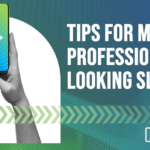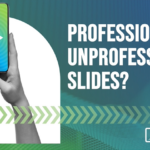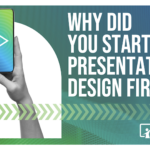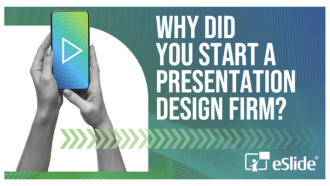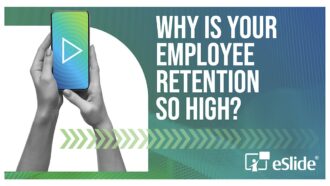Information Overload: How to fight the urge to say too much
Guest Post By Stephanie Scotti.
 A client recently asked, “How do I control my urge to give more information than my audience needs?”
A client recently asked, “How do I control my urge to give more information than my audience needs?”
Great (and very mindful) question! Consider this answer from authors Dan and Chip Heath in Made to Stick. They say that in an effort to be complete, we often feel obligated to share every single thing we know rather than considering just what our listeners need to get the point (called “The Curse of Knowledge” by the authors).
When “cursed,” we keep going and going; as a result, little sticks with our now-overwhelmed audience. Sound familiar?
I’d venture to guess that 90% or more of the business leaders I’ve worked with over the past 25+ years suffer from this affliction.
To cut down on the possibility of information overload, follow these three steps as you prepare for your next presentation.
Get focused. Remember, your audience doesn’t need to know everything you know. As the expert, you have a lot to say but unless that topic is your listener’s full-time job or hobby, there is a limit to how much is useful. This might be hard to hear, but the truth is what’s brilliant to you can quickly become boring to others. It’s like looking at someone else’s vacation pictures — fun for a few minutes, then difficult to maintain a genuine level of enthusiasm.
Less is more. The most valuable contribution you can make usually comes from offering a few key points. That means stepping back and organizing your content by grouping it into categories. There’s a lot more value for most people in grasping a few essentials than a laundry list of specifics. Provide your audience with a schematic that helps them quickly understand how you are going to talk about the subject — this allows you to boil your content down to 2-5 main points. Suggested schematics include:
- past, present and future;
- problem, consequences, solution;
- theory and practice;
- or the proven journalistic approach of who, what, when, where, why and how.
Know what to cut and what to keep. If you’re too close to the subject to decide, ask others what the most critical, interesting or actionable content is then save the rest for a future presentation. Or ask yourself: what do my listeners absolutely need to know, hear or understand in order to take action?
I’ve consistently found these three steps to be the universal cure for information overload — leaving you with a focused, effective presentation and your audience ready for action. Would love to hear other opinions and/or thoughts on this challenging topic – please share!
Stephanie Scotti is a strategic communication adviser specializing in high-stake presentations. She has more than 25 years of coaching experience and eight years teaching presentation skills for Duke University. She has provided presentation coaching to over 3,000 individuals in professional practices, Fortune 500 companies, high-level government officials and international business executives. Learn more at www.professionallyspeaking.net and www.professionallyspeakingblog.com.


